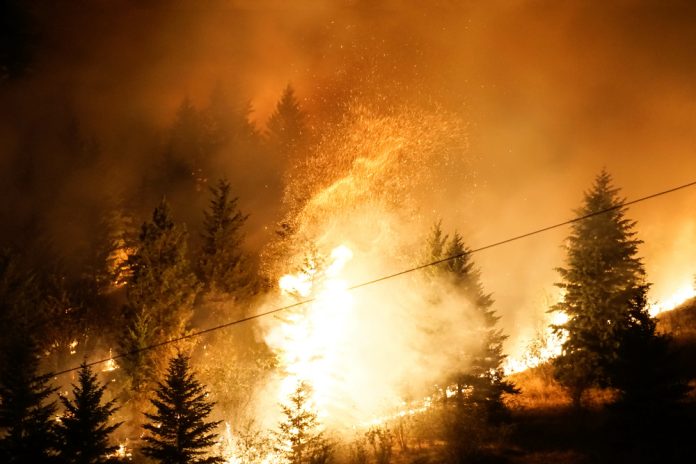Recognising the need for a more proactive approach to wildfire management, the Government of Canada has announced a major investment in satellite technology.
The WildFireSat mission, a cutting-edge satellite Earth Observation (EO) programme, is set to revolutionise how authorities track and combat Canadian wildfires.
Steven Guilbeault, Minister of Environment and Climate Change, recently confirmed that following an extensive competitive procurement process, exactEarth Ltd., a subsidiary of Spire Global Canada, has been awarded a $72m contract to design and develop WildFireSat.
This constellation of seven microsatellites will provide real-time intelligence on fire intensity, movement, and potential risk zones, allowing fire managers to make faster, more informed decisions to protect both populated and remote areas.
Guilbeault commented: “Every year, we see the devastating impact of wildfires on our communities. As they become more frequent and intense due to climate change, our government is taking action to keep Canadians safe.
“The WildFireSat mission will provide near real-time wildfire data to be used in smoke and air quality forecasts, ensuring Canadians have the information they need to protect their health.”
Tackling the growing threat of Canadian wildfires
Canada’s boreal forests are among the most expansive and ecologically significant in the world. However, they are also highly susceptible to wildfires, which have been increasing in frequency and intensity due to climate change.
On average, around 8,000 wildfires scorch over 2.1 million hectares of Canadian forests each year—an area nearly half the size of Nova Scotia.
The rising number of Canadian wildfires has placed immense pressure on government resources, with an estimated $1bn spent annually on suppression efforts.
The economic and environmental benefits of WildFireSat
The impact of Canadian wildfires extends beyond environmental devastation. Economic losses from damage, evacuation costs, and firefighting efforts are projected to double in the coming decades due to longer wildfire seasons, intensified droughts, and extreme weather conditions.
WildFireSat is expected to save the Canadian economy between $1bn and $5bn within its first five years of operation by enabling better resource allocation and response strategies.
Additionally, WildFireSat data will play a crucial role in air quality monitoring. Wildfire smoke has become a significant public health concern, affecting millions of Canadians each year.
The collected data will enhance existing services such as the Canadian Air Quality Health Index, wildfire smoke forecasts, and environmental emergency response models.
This will provide communities with timely warnings and health recommendations to minimise the dangers of smoke inhalation.
Strengthening Canada’s space and firefighting capabilities
Beyond wildfire management, the WildFireSat initiative is also a significant step forward for Canada’s space industry.
The mission will strengthen the country’s expertise in small satellite development, testing, and assembly, driving innovation in the sector.
Furthermore, the project is a collaborative effort involving key government agencies, including:
- Canadian Space Agency
- Natural Resources Canada’s Canadian Forest Service
- Canada Centre for Mapping and Earth Observation
- Environment and Climate Change Canada
Together, these organisations are ensuring that WildFireSat is tailored to meet the evolving needs of Canadian fire managers and emergency response teams.
Jonathan Wilkinson, Minister of Energy and Natural Resources, added: “Canadians – like our friends across the southern border – are experiencing more intense and frequent wildfires than ever before.
“WildFireSat will provide firefighters across the country with better data to help defend and protect Canadians, reduce environmental and economic losses, and improve forecasting to allow residents and local officials to take precautions.
“The WildFireSat mission will also reinforce Canada’s position as a global leader in wildfire management and research.”
WildFireSat’s future impact
Set to launch in 2029, WildFireSat represents a monumental step toward enhancing wildfire response and safeguarding Canadian communities.
As climate change continues to exacerbate wildfire risks, investing in advanced monitoring systems is no longer optional; it is a necessity.
By leveraging state-of-the-art satellite technology, Canada is taking a proactive stance in wildfire prevention, environmental protection, and public health preparedness.





